- 1.1 Describe key theorists in literacy development, including Montessori, Piaget, and Vygotsky.
- 1.2 Explain the significance of each readiness skill that prepares children for literacy: auditory discrimination, visual discrimination, visual motor skills, and large motor skills.
Welcome to Integrating Language Arts and Literacy in the Early Childhood Curriculum
In this course, you will explore integrating language arts and literacy in the early childhood curriculum. You will start by looking at foundations of literacy development, and then will move on to examine approaches to early childhood literacy. From there, you will examine research and public policy on early literacy, as well as assessing early literacy development. You will also learn about teaching diverse children and language and vocabulary development. You will examine strategies for reading words, understanding phonics, developing reading comprehension skills, and developing writing skills. You will also learn how to assess the mechanics of writing. And, you will learn how to motivate students and promote literacy interest. Finally, you will take a closer look at organizing and managing literacy, as well as family partnerships for literacy.
Learning Objectives/
- 2.1 Describe emergent literacy and its impact on children’s language and literacy development.
- 2.2 Explain whole language instruction and effective methods for how teachers can implement this approach into early childhood education.
- 2.3 Describe the strategies and structures in a balanced comprehensive approach to literacy, including settings, materials, types of instructions, and experiences for the learner.
- 3.1 Explain the mission of the National Reading Panel and how their findings have impacted literacy, including the discovery of the “Big 5.”
- 3.2 Describe the contributions made by the National Early Literacy Panel Report, including the variables identified as skills for strengthening later outcomes in reading.
- 3.3 Describe the Every Student Succeeds Act (ESSA) and Common Core State Standards (CCSS) and their efforts to increase language and literacy development in young children.
- 4.1 Explain the effectiveness of multiple assessments, including observations, daily samples, audio recordings, surveys, and conferences.
- 4.2 Describe standardized testing and its benefits and limitations in language and literacy development.
- 4.3 Explain the importance of Common Core State Standards (CCSS) 3 (foundational skills); 4 (writing); and 5 and 6 (speaking and listening and language) for early literacy development.
- 5.1 Describe how changing demographics has impacted language and literacy development, including early education bilingual programs for native English speakers.
- 5.2 Explain the importance of cultural competence among teachers with diverse language learners and strategies for reading and writing.
- 5.3 Explain how teaching to multiple intelligences, differentiated instruction, and intervention programs can nurture diverse learners’ literacy development.
- 6.1 Identify multiple theories on language development, including behaviorist, nativist, constructivist theories, and those related to Piaget and Vygotsky.
- 6.2 Describe the multiple stages of language development, beginning with brain development in infancy.
- 6.3 Describe strategies for language development from birth through early childhood, including the role of conversation, dramatic activity, and thematic curriculum.
- 7.1 Describe strategies for teaching the alphabet to early childhood learners.
- 7.2 Explain strategies early readers can use to figure out words and how teachers can nurture those skills in early education classrooms.
- 8.1 Describe the differences among phonological and phonetic awareness and how their instruction is useful for literacy development.
- 8.2 Identify multiple strategies for effectively teaching phonics to early learners.
- 9.1 Describe multiple activities to develop children’s awareness about books and how teachers can nurture these skills in early education classrooms.
- 9.2 Identify strategies for teaching comprehension, including reading experiences and strategies for actively working with texts.
- 9.3 Describe multiple methods and materials used to teach fluency and how teachers can evaluate this skill in early readers.
- 10.1 Identify multiple theories of writing development and effective strategies for promoting writing from birth through pre-K classrooms.
- 10.2 Describe multiple ways teachers promote writing development, including writing centers, workshops, interactive writing, independent writing, and journaling.
- 10.3 Describe different types of writing, including informational, explanatory, narrative, and poetry and how teachers can creatively implement those forms in early education.
- 11.1 Explain how handwriting, spelling, and punctuation impact early writing development and strategies for teaching the mechanics.
- 11.2 Describe ways teachers assess children’s writing, including using checklists, rubrics, portfolios, and self-assessments to monitor progress.
- 12.1 Identify components of literacy-friendly environments, including increasing motivation, developing literacy centers, and encouraging helpful habits in early childhood.
- 12.2 Explain how teachers motivate literacy interest through storytelling, story reading, teaching literature, and promoting independent reading.
- 12.3 Describe the relationship between dramatic play and literacy in early childhood, including how teachers can teach literacy through play experiences.
- 13.1 Identify objectives for art, music, science, and mathematics experiences as opportunities for thematic units to improve literacy in early education classrooms.
- 13.2 Explain how teachers can create literacy-rich environments and differentiate their instructions to promote language and literacy development.
- 14.1 Describe the significance of family literacy and how adult caregivers can promote literacy development in early childhood.
- 14.2 Explain how teachers can work with parents to increase the materials and activities for a rich family-literacy environment, including specific home-based strategies for literacy development.

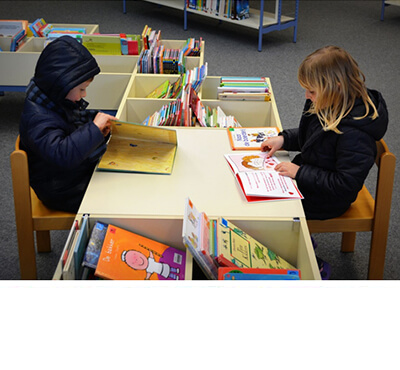
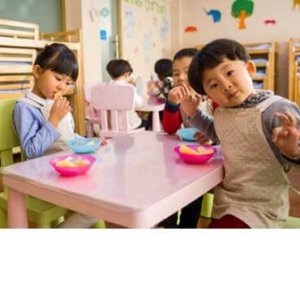
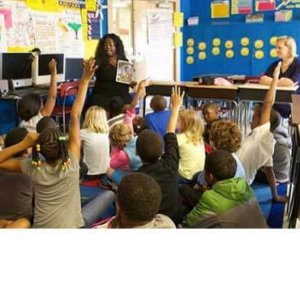
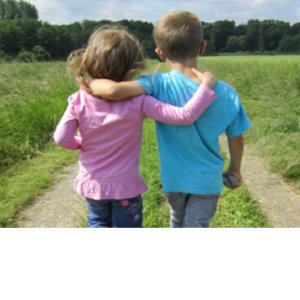

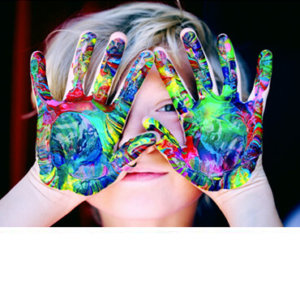
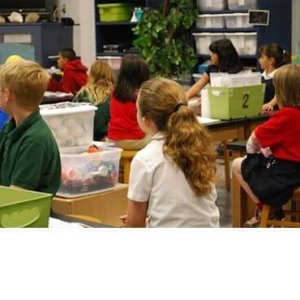
There are no reviews yet.